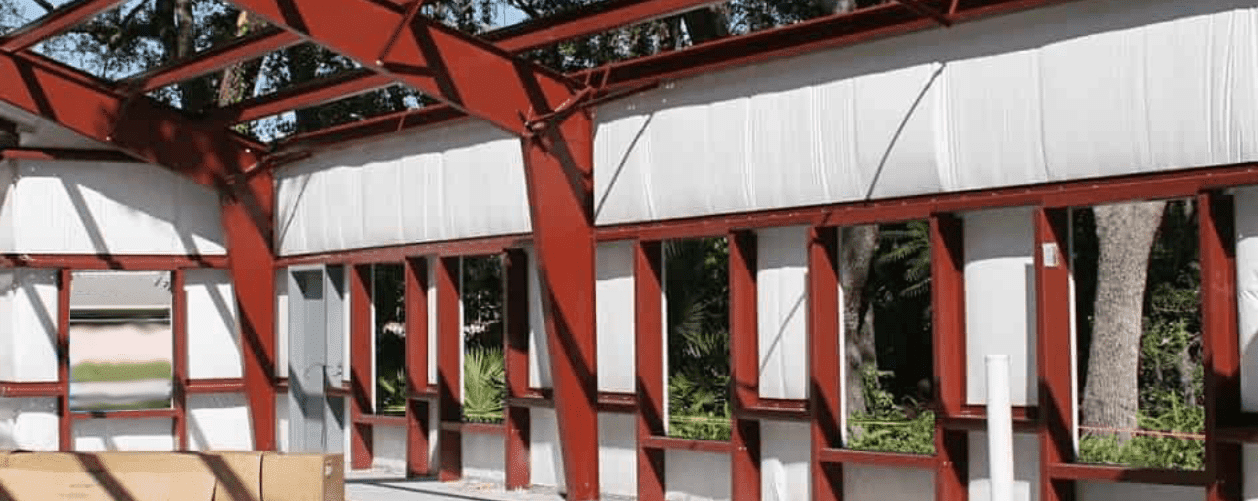As homeowners increasingly seek to make their homes energy-efficient, the debate over the most cost-effective measures often revolves around adding solar panels or increasing insulation. In this article, we delve into the financial and environmental considerations of these two popular home improvement options, comparing the cost-effectiveness of adding solar panels versus incorporating more fiberglass insulation.
- Initial Cost and Return on Investment:
When assessing the cost-effectiveness of adding solar panels versus fiberglass insulation, the initial investment is a crucial factor. Solar panels generally require a higher upfront cost compared to fiberglass insulation. The installation of solar panels involves not only the cost of the panels but also the expenses associated with inverters, wiring, and professional installation. In contrast, fiberglass insulation is typically more affordable, even when considering professional installation.
However, the return on investment (ROI) must be considered. Solar panels generate electricity, allowing homeowners to potentially offset or eliminate their dependence on the grid, resulting in long-term savings on utility bills. Fiberglass insulation, while improving energy efficiency, doesn’t offer a direct financial return in the same way. Thus, the decision between the two options depends on the homeowner’s priorities – immediate cost savings or long-term financial benefits.
- Energy Savings and Environmental Impact:
Solar panels directly contribute to energy savings by harnessing the power of the sun to generate electricity. This not only reduces electricity bills but also minimizes the environmental impact associated with conventional energy sources. The environmental benefits of solar panels are particularly appealing to homeowners with a strong focus on sustainability.
On the other hand, fiberglass insulation primarily targets energy efficiency by minimizing heat transfer, which can lead to reduced heating and cooling costs. While this doesn’t directly generate energy, it contributes to a smaller carbon footprint by lowering overall energy consumption. Homeowners aiming to reduce their environmental impact may find fiberglass insulation an attractive option.
- Government Incentives and Rebates:
The cost-effectiveness of both solar panels and fiberglass insulation can be influenced by government incentives and rebates. Many governments offer financial incentives, tax credits, or rebates for installing solar panels, making the initial investment more palatable. Fiberglass insulation may also qualify for certain energy efficiency incentives, although these are typically less substantial than those for solar installations.
- Property Value Enhancement:
Both solar panels and increased insulation can enhance the value of a property. Energy-efficient features are becoming increasingly attractive to homebuyers. Solar panels, in particular, are often seen as a desirable addition that can significantly increase the resale value of a home. Fiberglass insulation, while not as visible as solar panels, contributes to overall energy efficiency and home comfort, factors that can positively influence property value.
- Geographical Considerations:
The geographical location of a property plays a role in determining the cost-effectiveness of solar panels and fiberglass insulation. Areas with abundant sunlight may benefit more from solar panels, maximizing energy generation. In contrast, regions with extreme temperature variations may find fiberglass insulation more cost-effective, as it helps maintain a consistent indoor temperature, reducing the load on heating and cooling systems.
In the comparison between adding solar panels and increasing fiberglass insulation, there is no one-size-fits-all answer. The decision hinges on individual priorities, budget constraints, and long-term goals. While solar panels offer a direct source of renewable energy and potential financial returns, fiberglass insulation contributes to energy efficiency and comfort with a lower upfront cost. Homeowners should carefully evaluate their specific circumstances, considering factors such as geographical location, available incentives, and their commitment to environmental sustainability when making this crucial decision for their homes.

